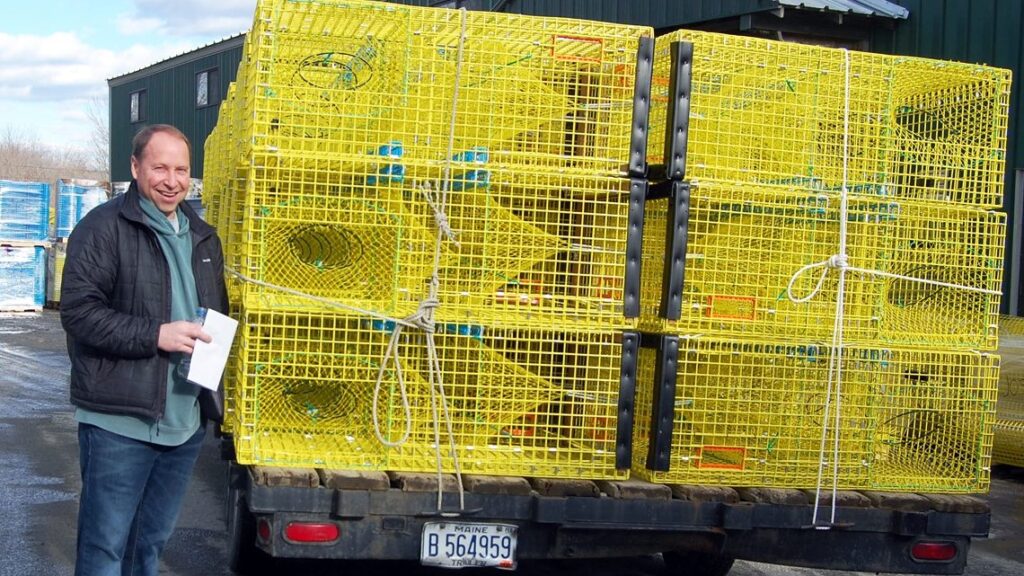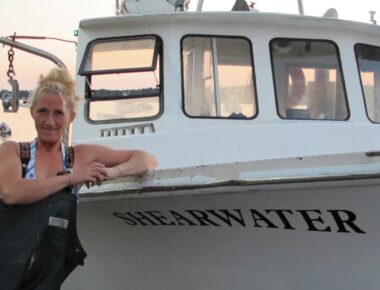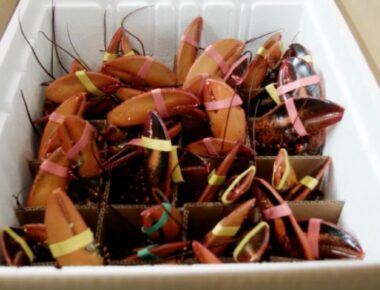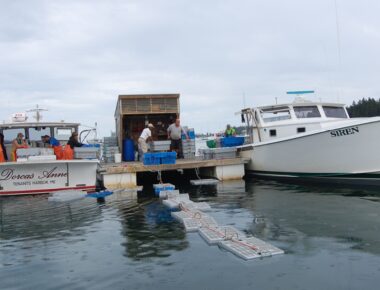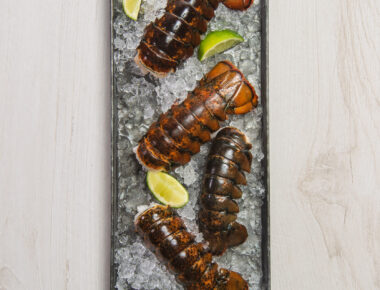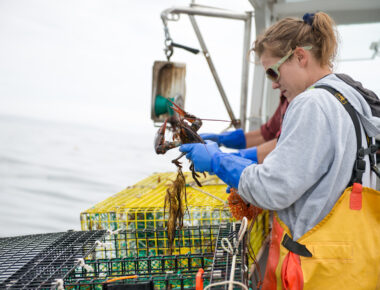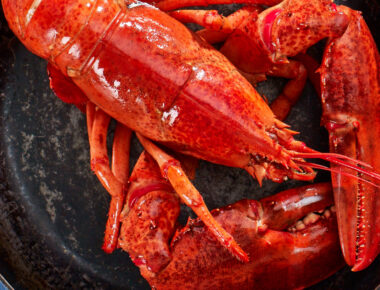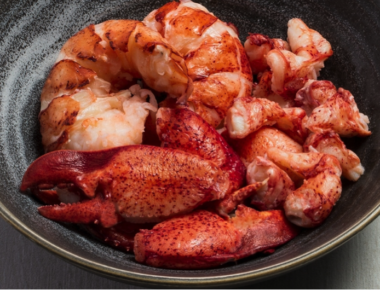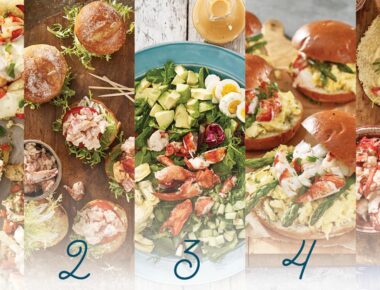“So many colors and choices, there’s pink, red, yellow, green, black, and then different sizes. It makes inventory a lot of work, much more complicated than it used to be.” This was Stephen Brooks, owner, with his brother Mark and sister Julie, of Brooks Trap Mill. He was taking me through one of the many buildings that make up the Brooks Trap Mill “campus” in Thomaston. Wire mesh, in a rainbow of colors, stacked floor to ceiling. We walk into a loading dock area. “Look at the floor, they built it on a sawdust pile left from when this place was a sawmill, lumberyard, and they dug it out, but not deep enough!” In the cement floor there was a notable depression in the center. As he walked me through the yard, the radio at his hip squawked from time to time; questions about orders and materials. Stephen answered each question, all while moving at a brisk clip through the yard, explaining the various parts of the business to me, greeting each employee we passed; I was at a half jog to keep up.
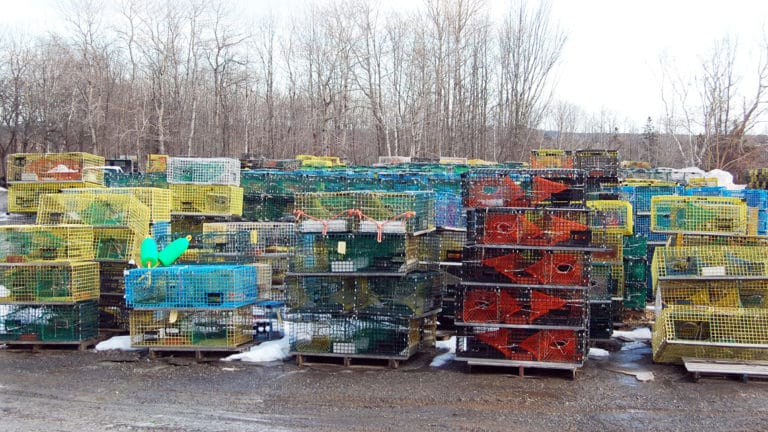
The first lobster trap was designed and built in Massachusetts, by a shoemaker in 1806. The design and invention apparently made the shoemaker, Ebenezer Thorndike, a “very rich man.” The original traps were made from hemlock, spruce, pine. Later renditions of the wooden trap were made from oak and rounded on top. By the mid-eighties, wire and the rectangular traps we see today had all but replaced wood traps, “though some of guys stuck with wood, they thought it fished better,” Stephen observed. The transition in the late 1940s from the sawmill and lumber yard, which was started by Stephen’s grandfather, to trap making, was somewhat by happenstance. “Guys were coming by asking to have the lumber yard cut the lathes, and then build sections of the traps.” The owners saw an opportunity, and by the 1980s trap building replaced the traditional lumber yard.
Today, the only option for wood on traps is the runners which can be made of oak or jungle wood – but there are cement or steel choices as well. The day Stephen took me through the mill, a guy was cutting oak runners to size; the smell was strong and sweet and reminiscent of earlier times.
“I’ve got about 1,500 contacts in my phone, most of them are fishermen. I oversee every trap order, and my phone is going all day long, fishermen ordering gear or calling to ask when their order will be ready.” Brooks builds about 1500-2000 traps per week on average; that’s not including all the other gear fishermen order: buoys; warp, etc. “Our volume and business is directly related to how good the season was. Some guys order the material to build their own traps, some have their traps built here. Stephen’s father Karl, who built the business with his brother; passed ownership of the business to his three children in 2006 and passed away in 2010. The three Brooks kids handle all the operations; with Stephen doing most of the customer interface. “I really enjoy the friendships I’ve formed over the years,” Stephen reflects. “Of course, it’s much more fun when we get the order exactly right. The biggest thing is all the choices these days. Colors, types of materials, sizes, there is a choice for everything.”
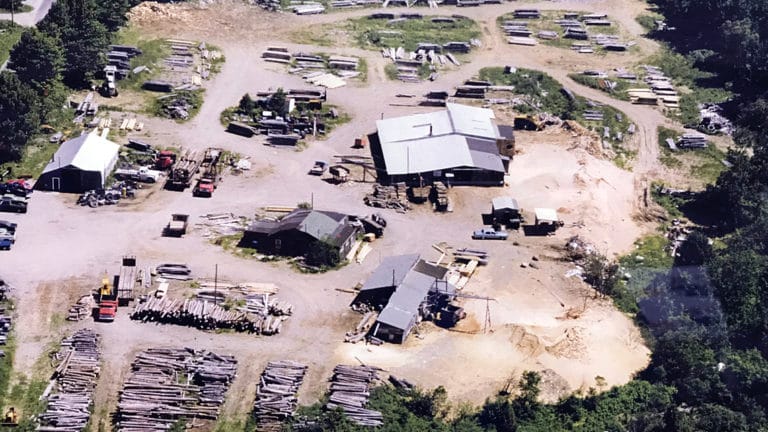
At its core, Brooks is a custom production shop, which is kind of an oxymoron in and of itself. This inherent contradiction is emblematic of the lobster-fishing industry as a whole in Maine: it’s our state’s biggest economic driver; but much of the business is still done on a handshake. Relationships are the defining characteristic of the industry and so it makes sense that Stephen, and the Brooks family, take such care to manage each order personally. “I can be convinced that the green mesh fishes best, but a guy who fishes right next to me can be just as sure that the yellow mesh is better,” a fisherman told me when I asked about the choice of materials. A customer base known for individuality combined with a myriad of choices for materials creates a dizzying array of elements to manage. As I walked the outside yard, among the acres of pallets with product stacked neatly in rows, in typical Maine fashion, I saw a name I recognized: Robert Morris. He fished for our co-op; his mesh, I noted, was aqua. I made a mental note to ask him next time I saw him if aqua mesh fished the best.


